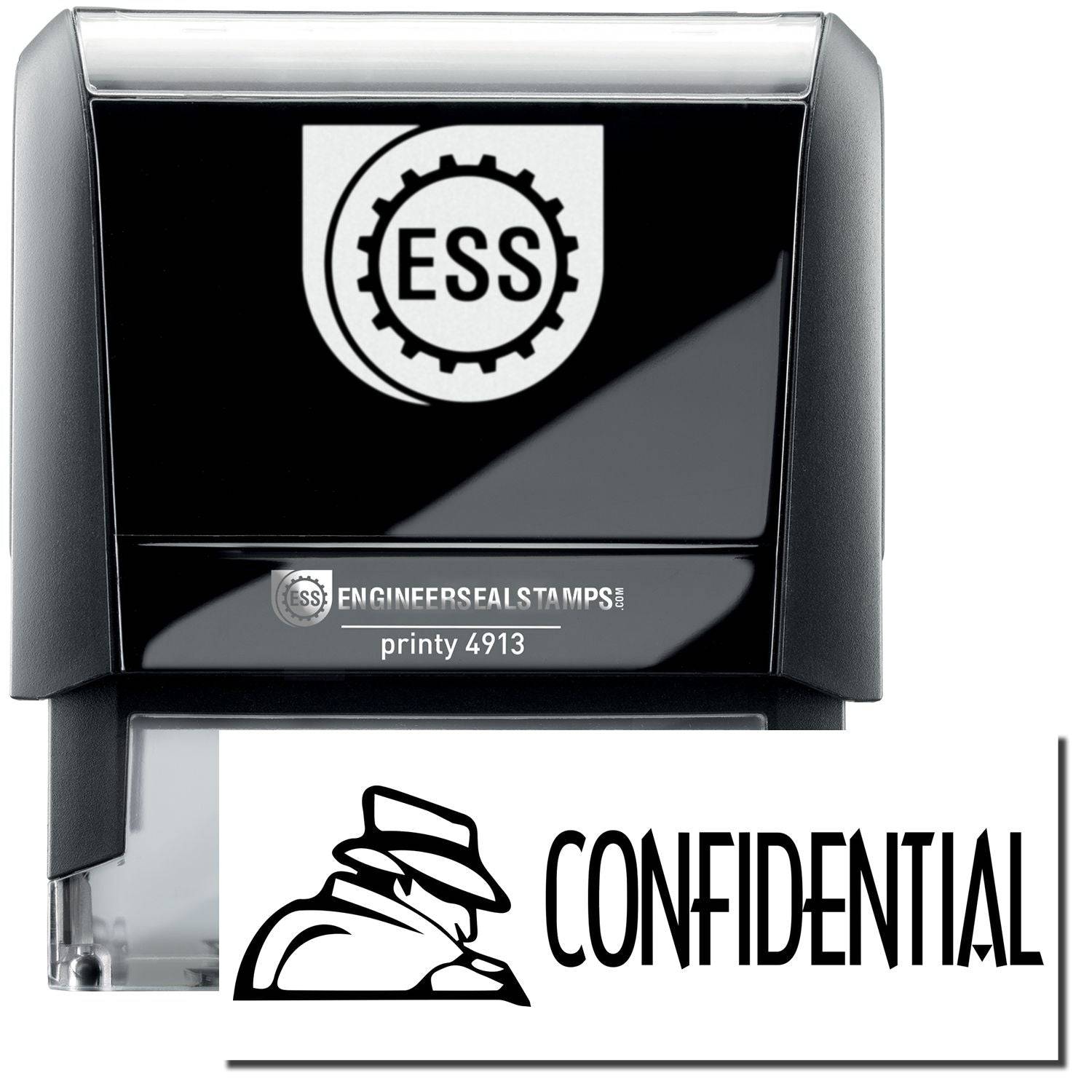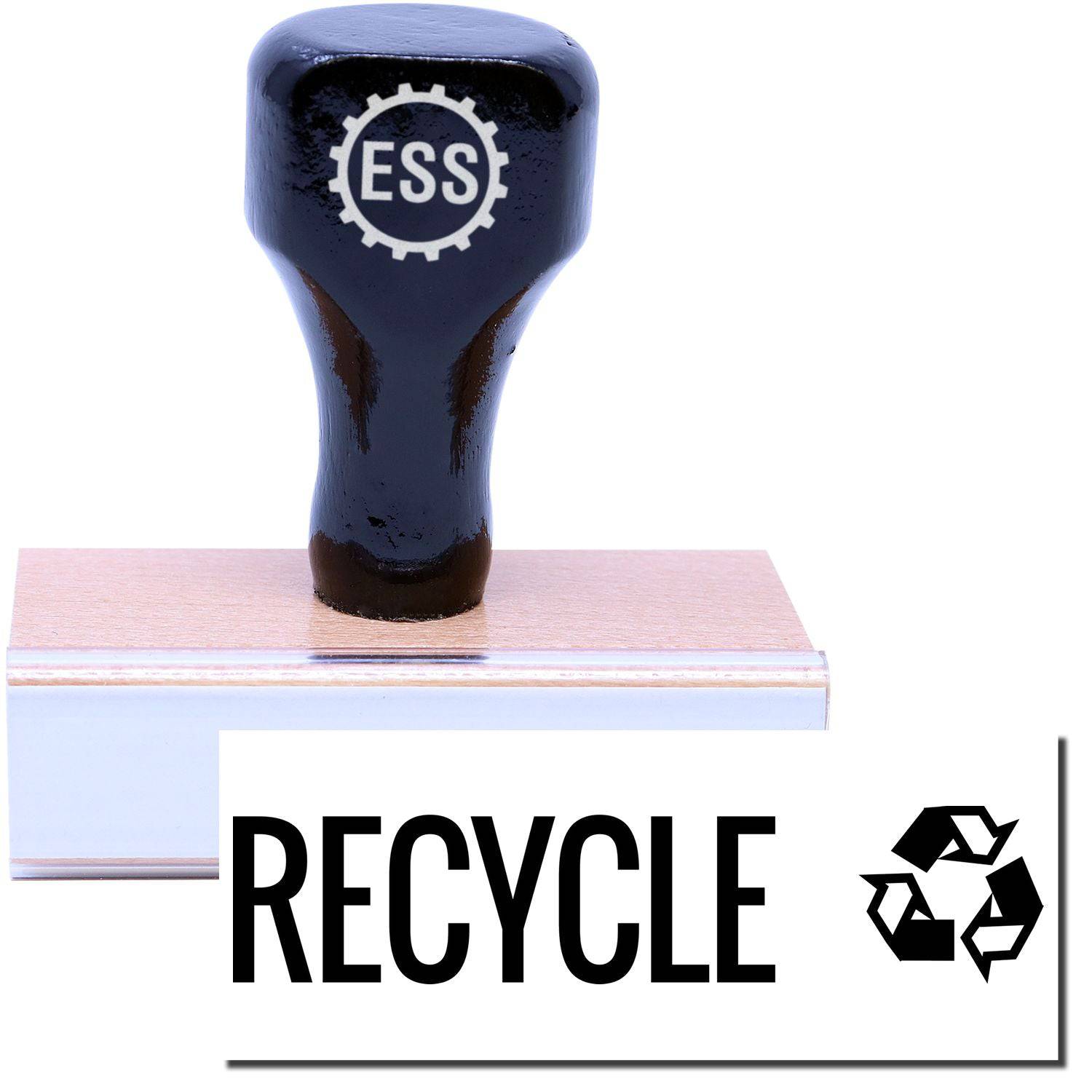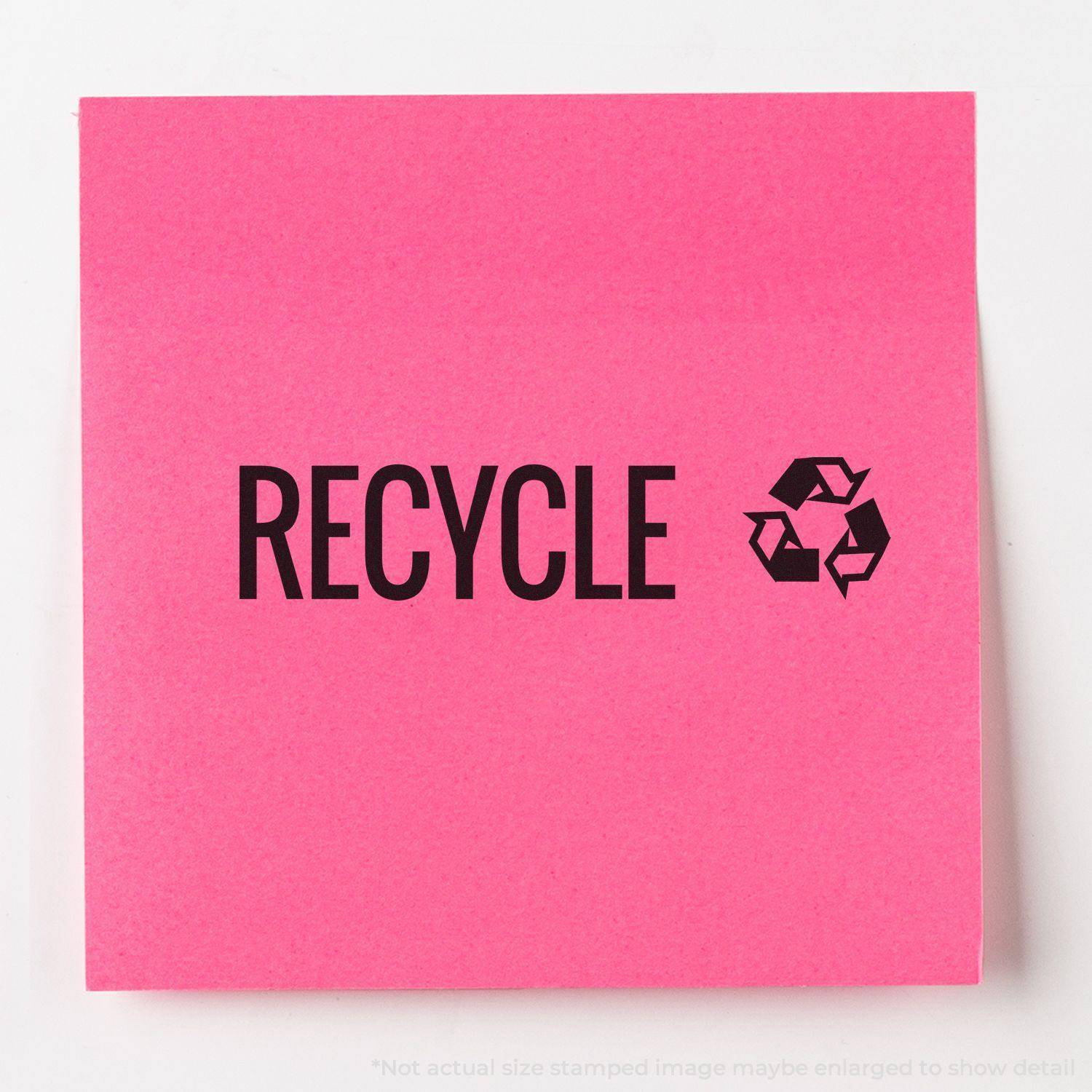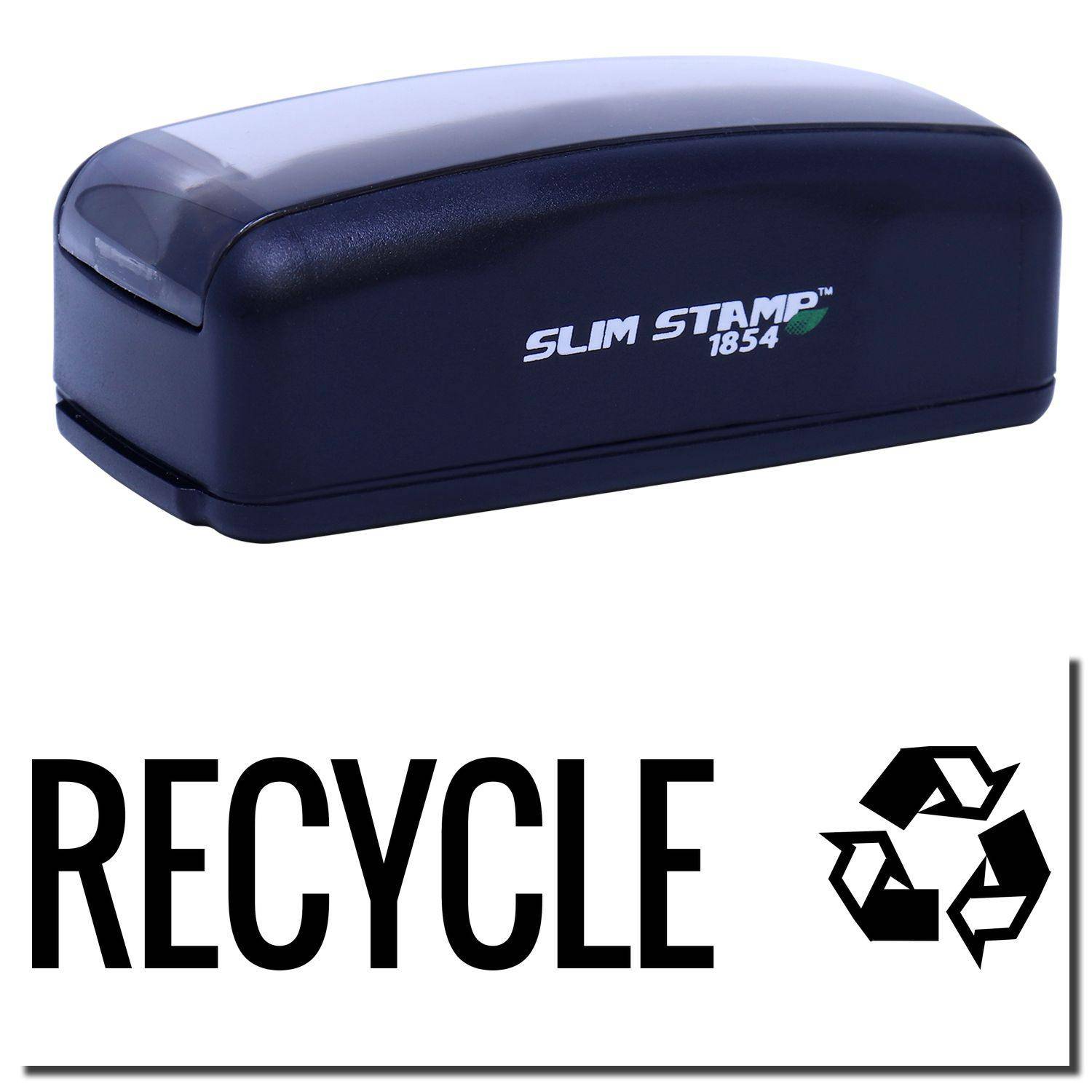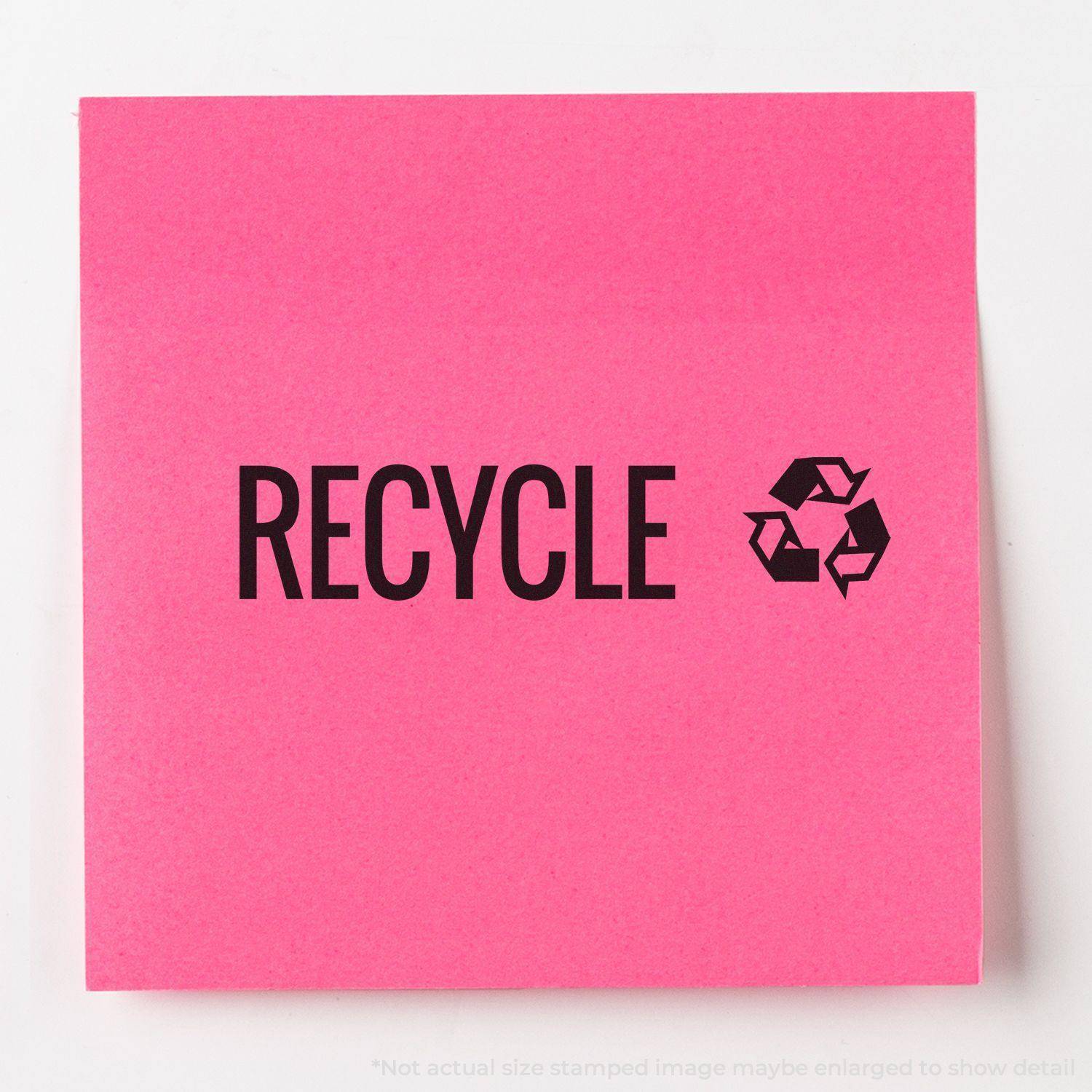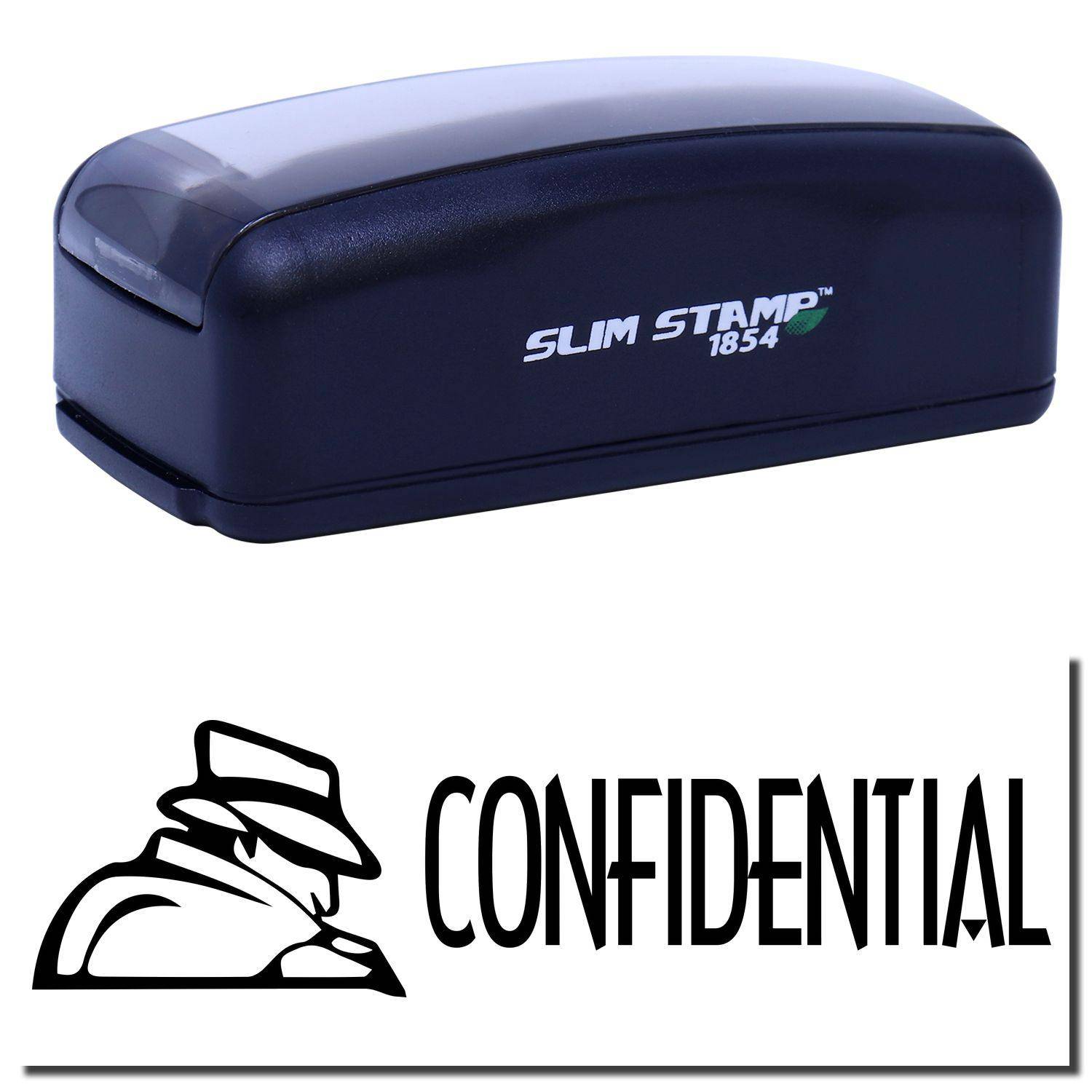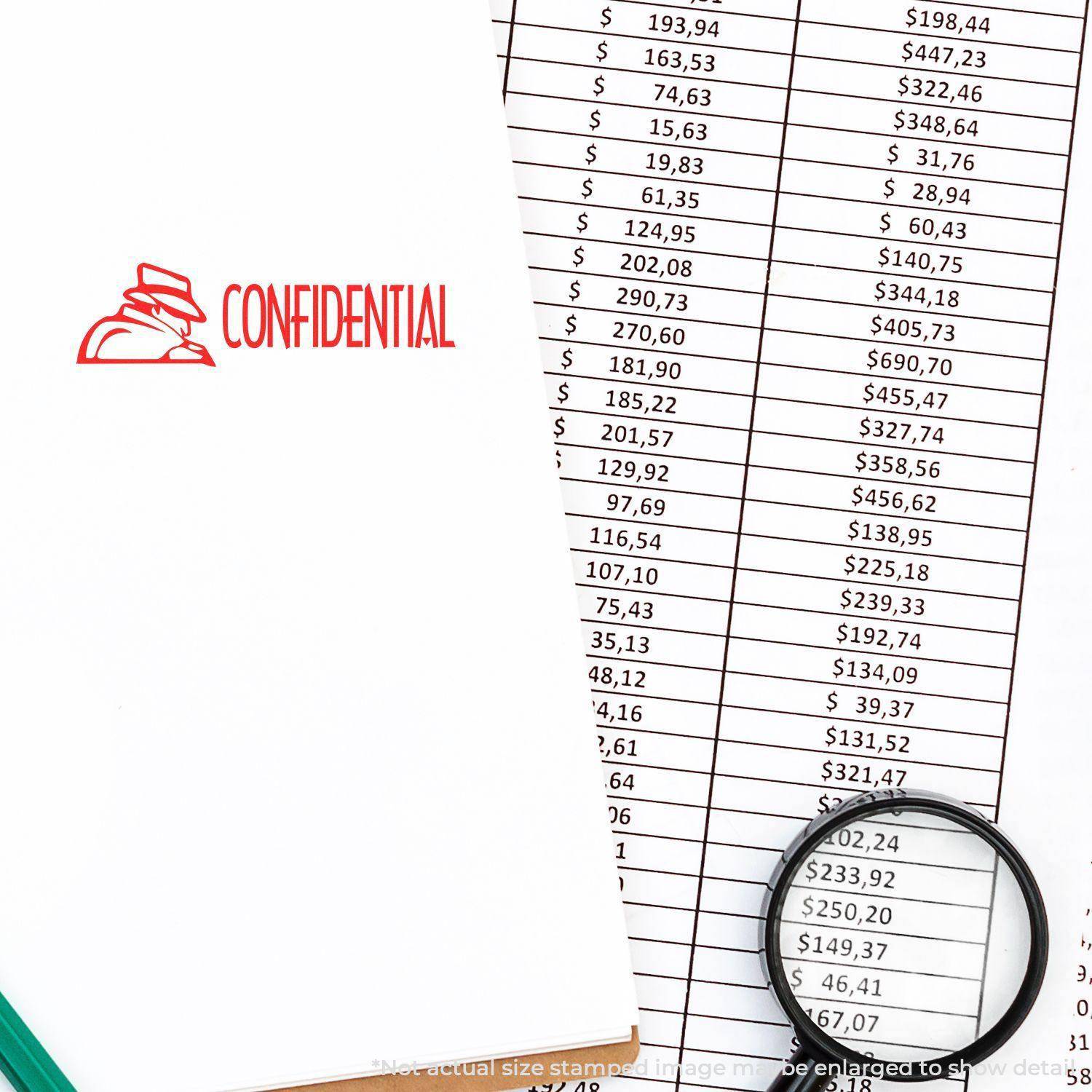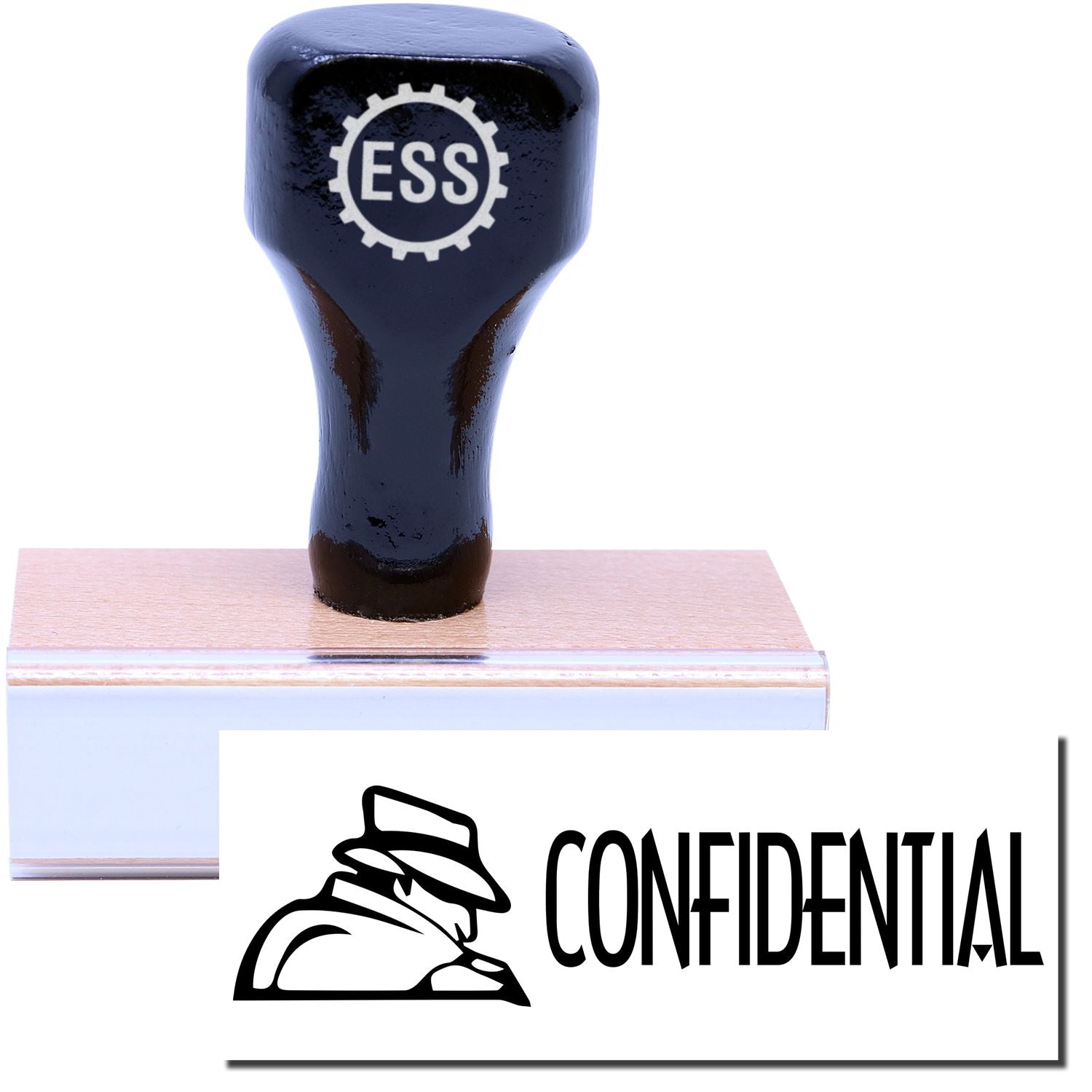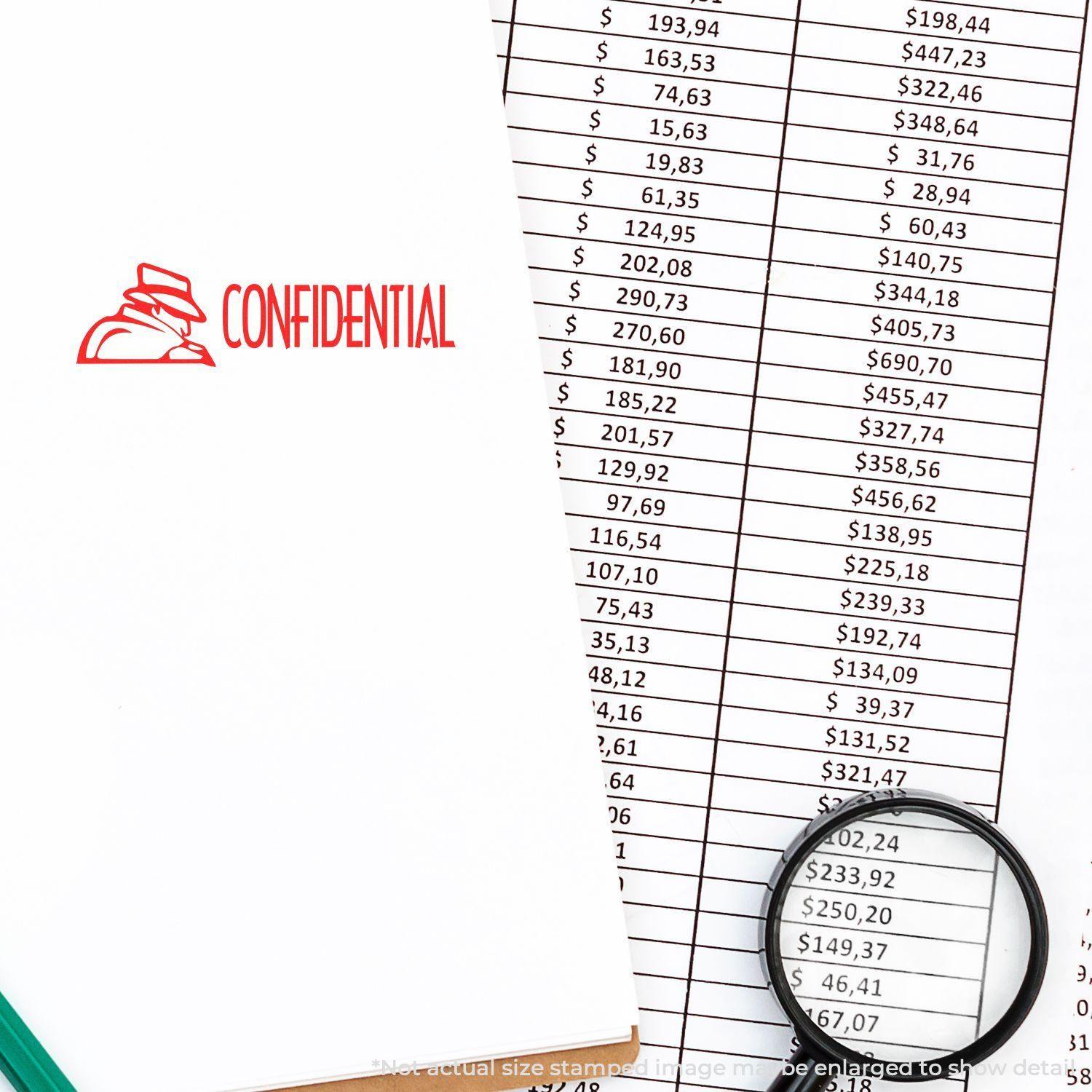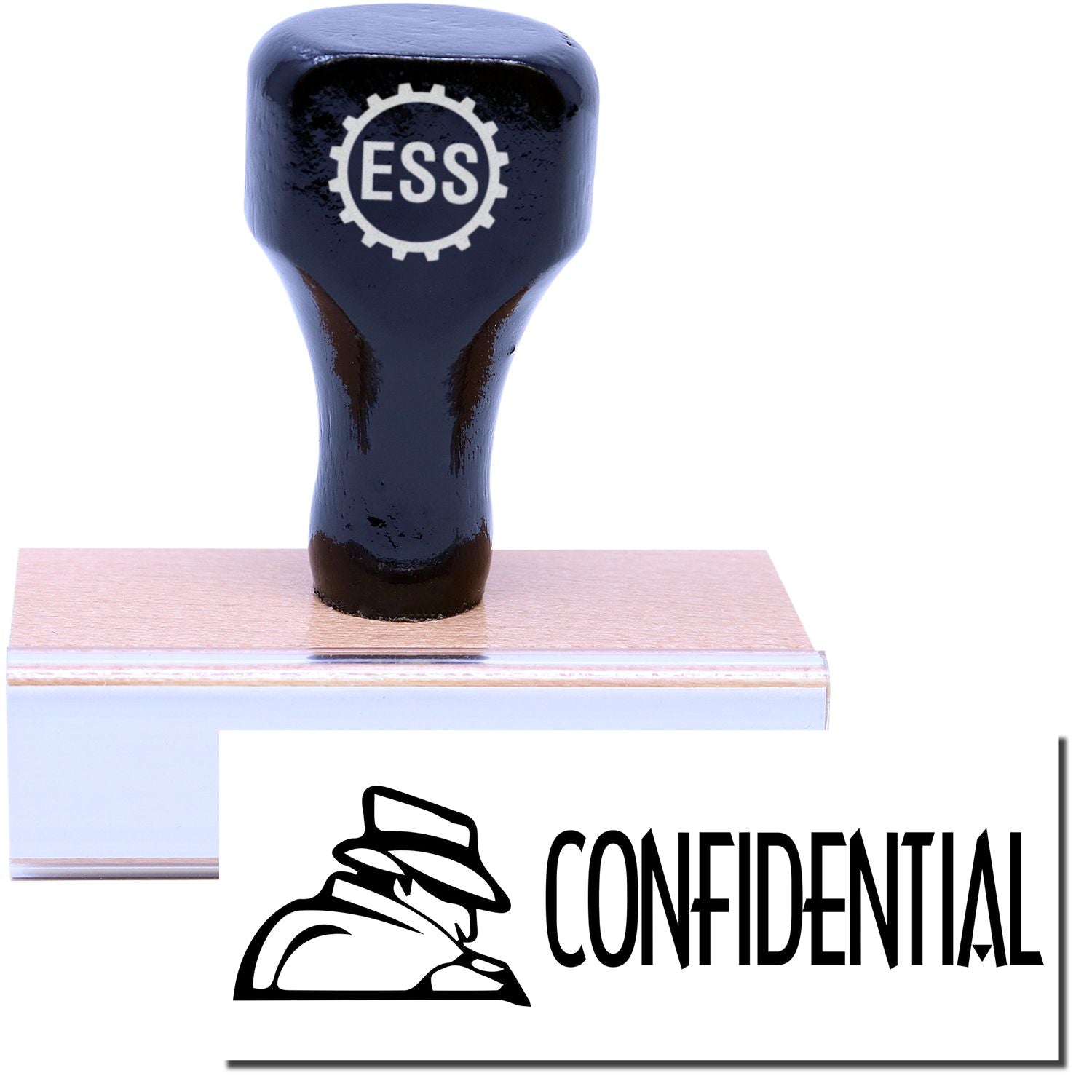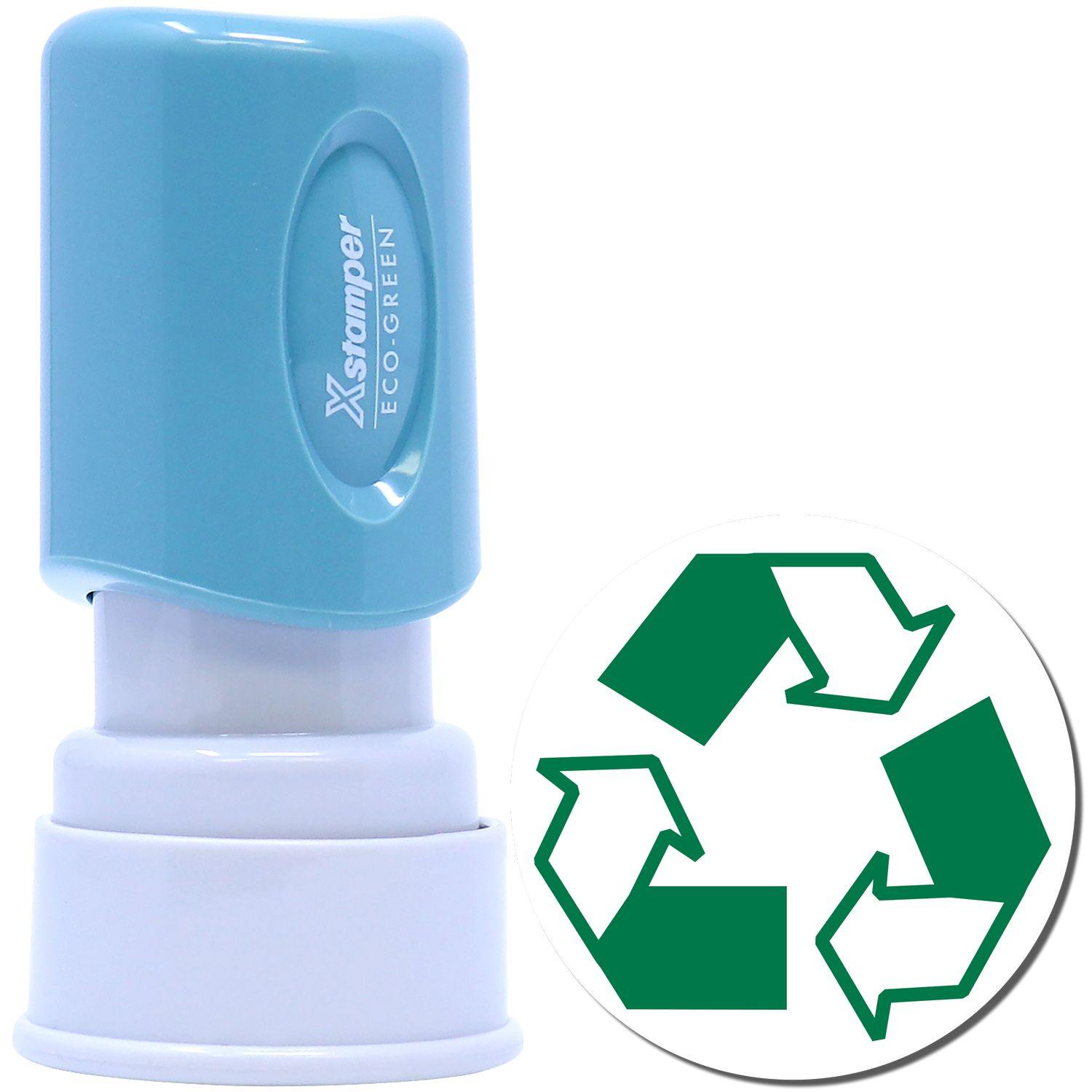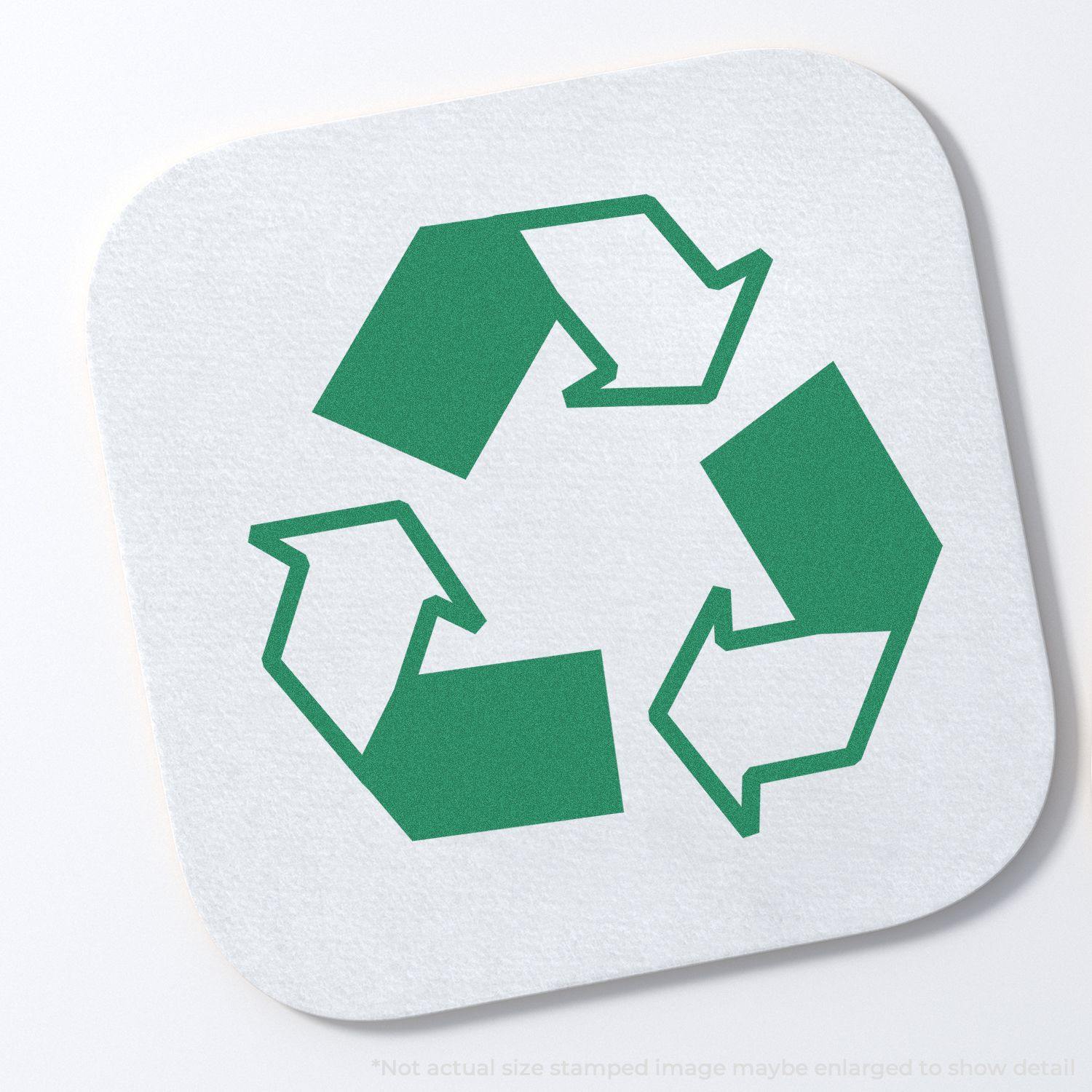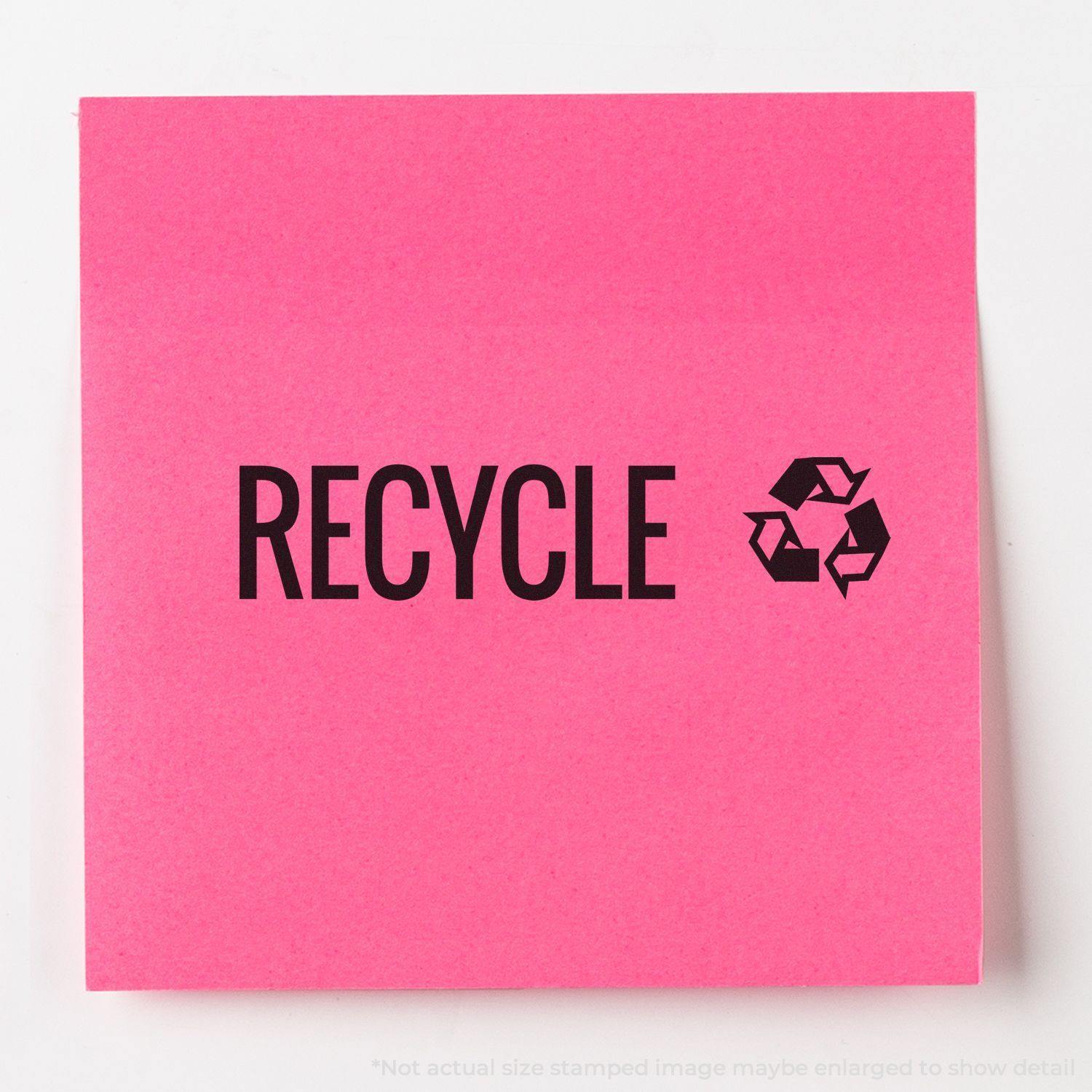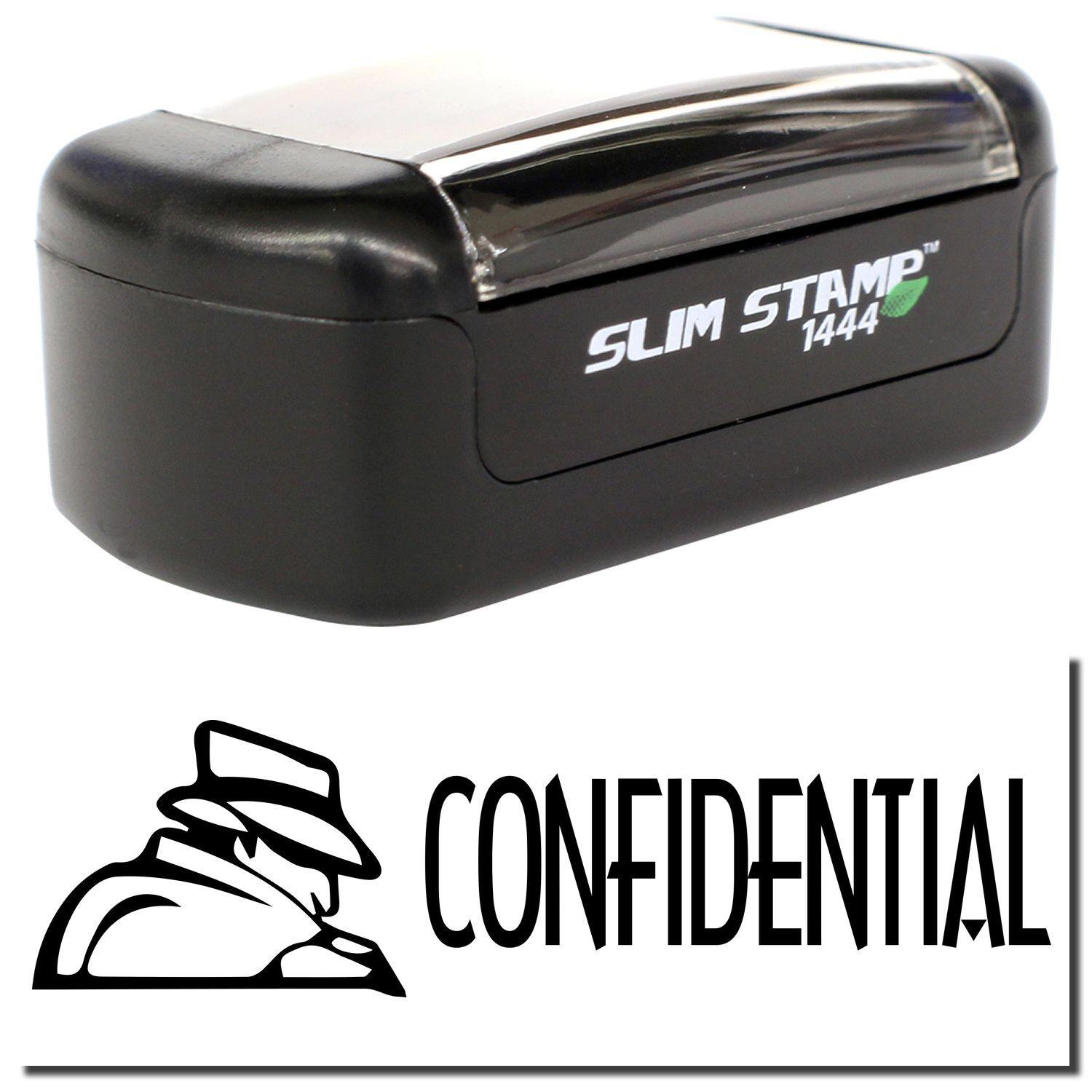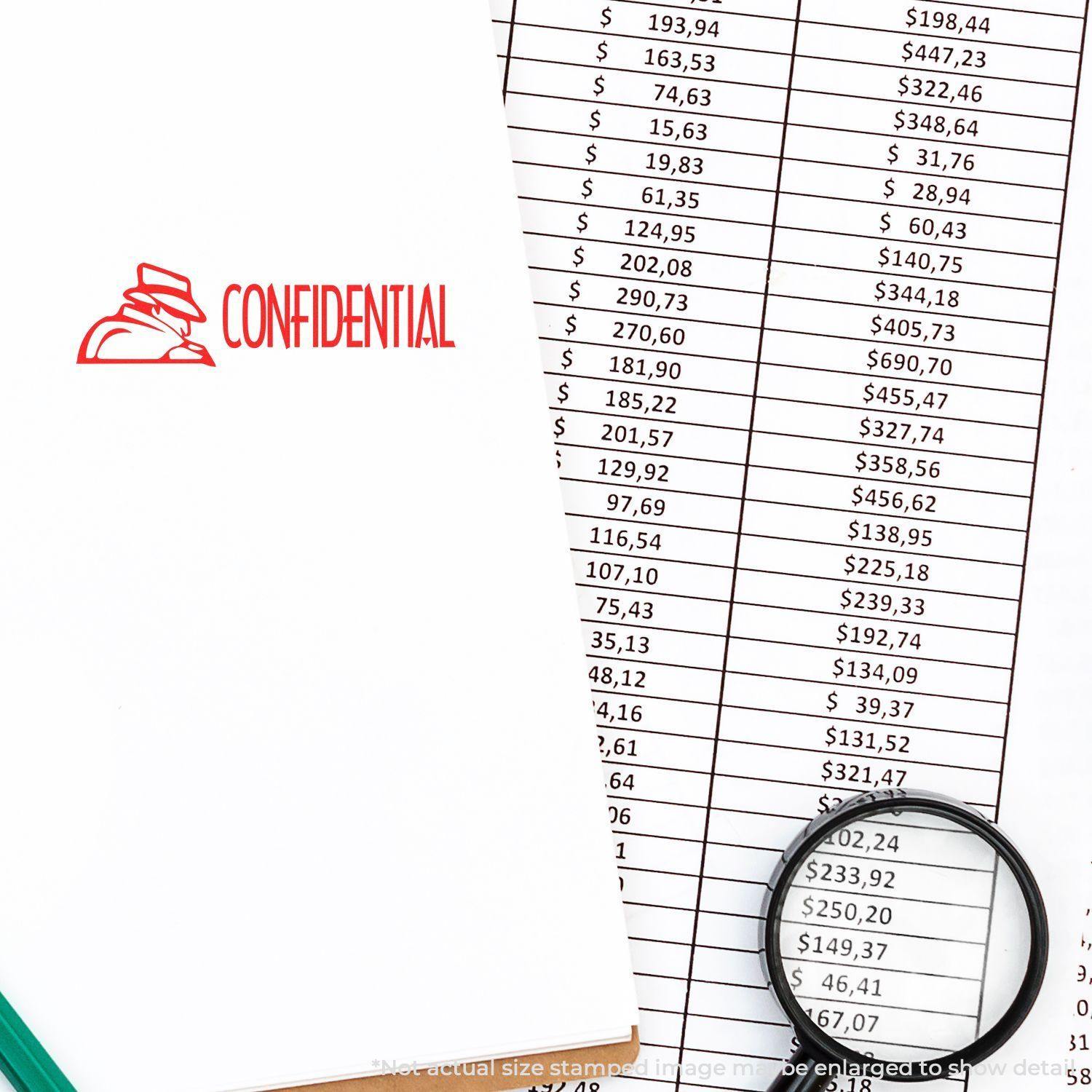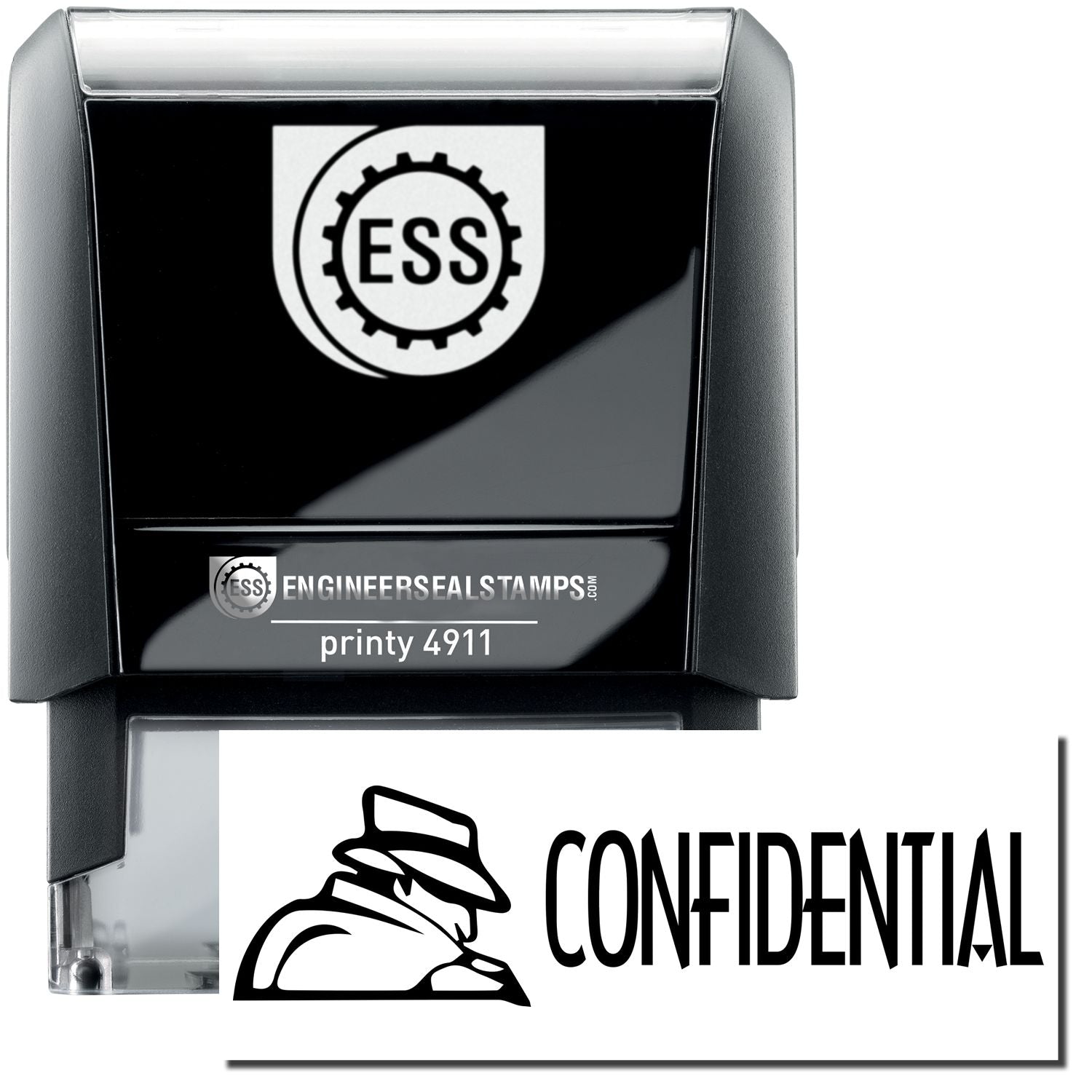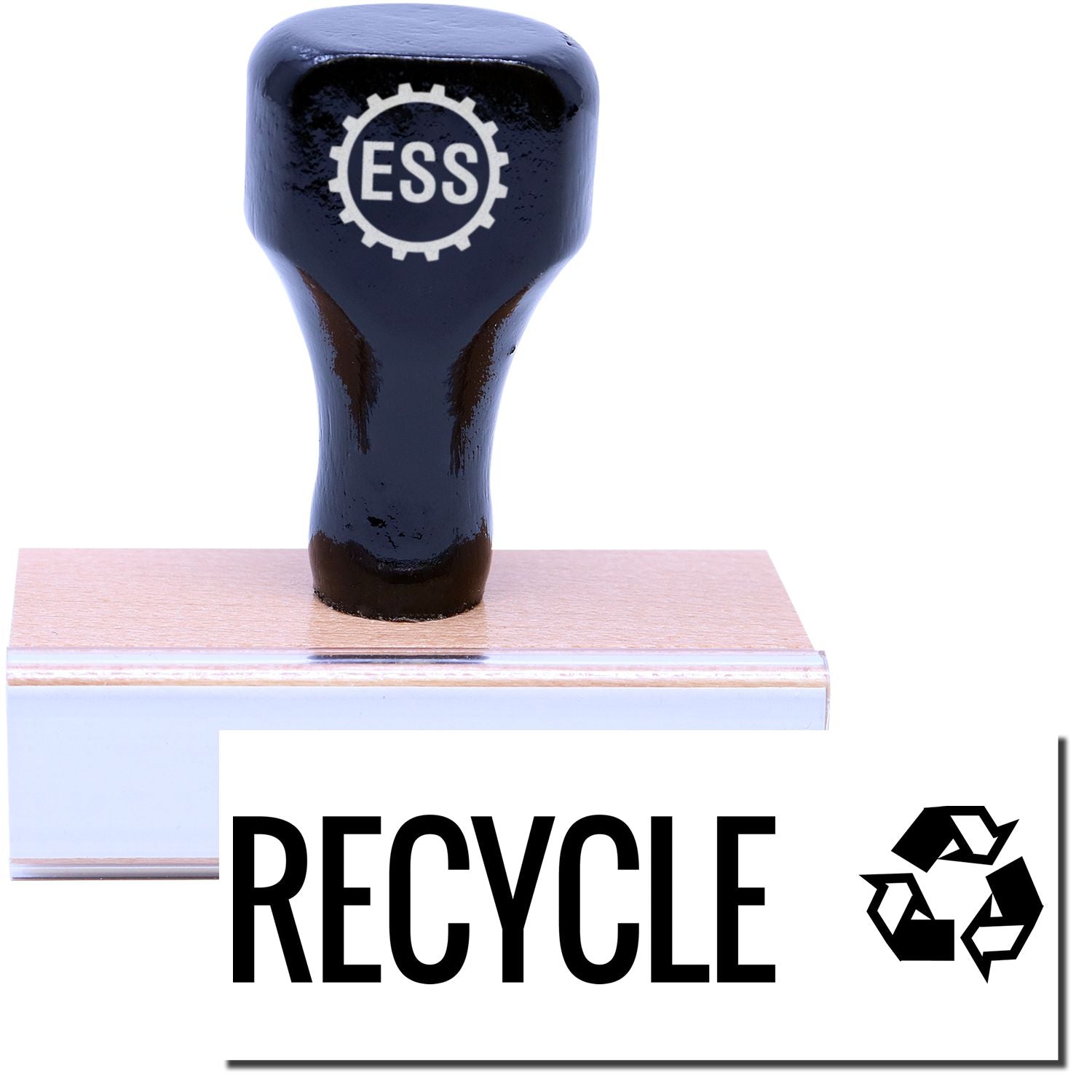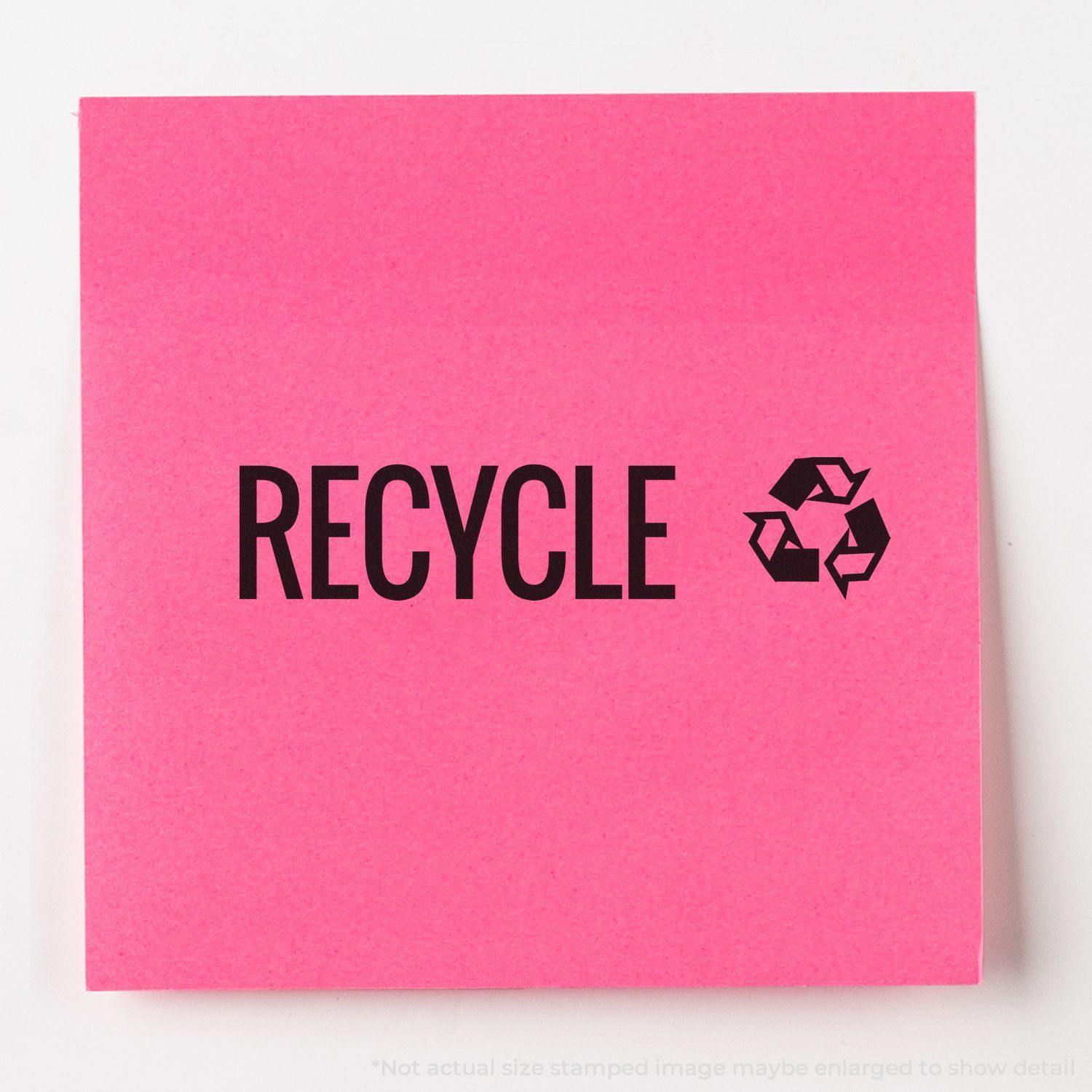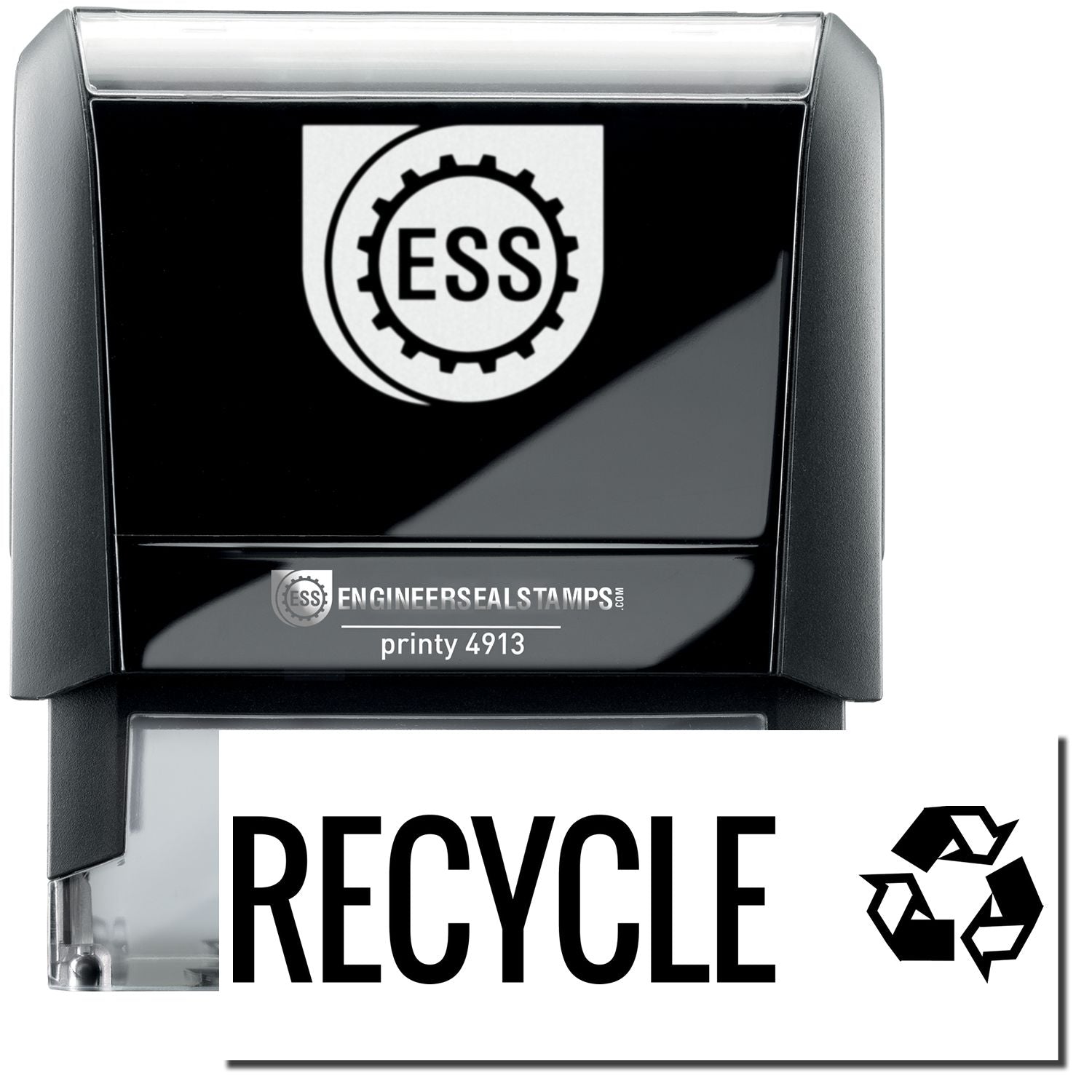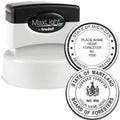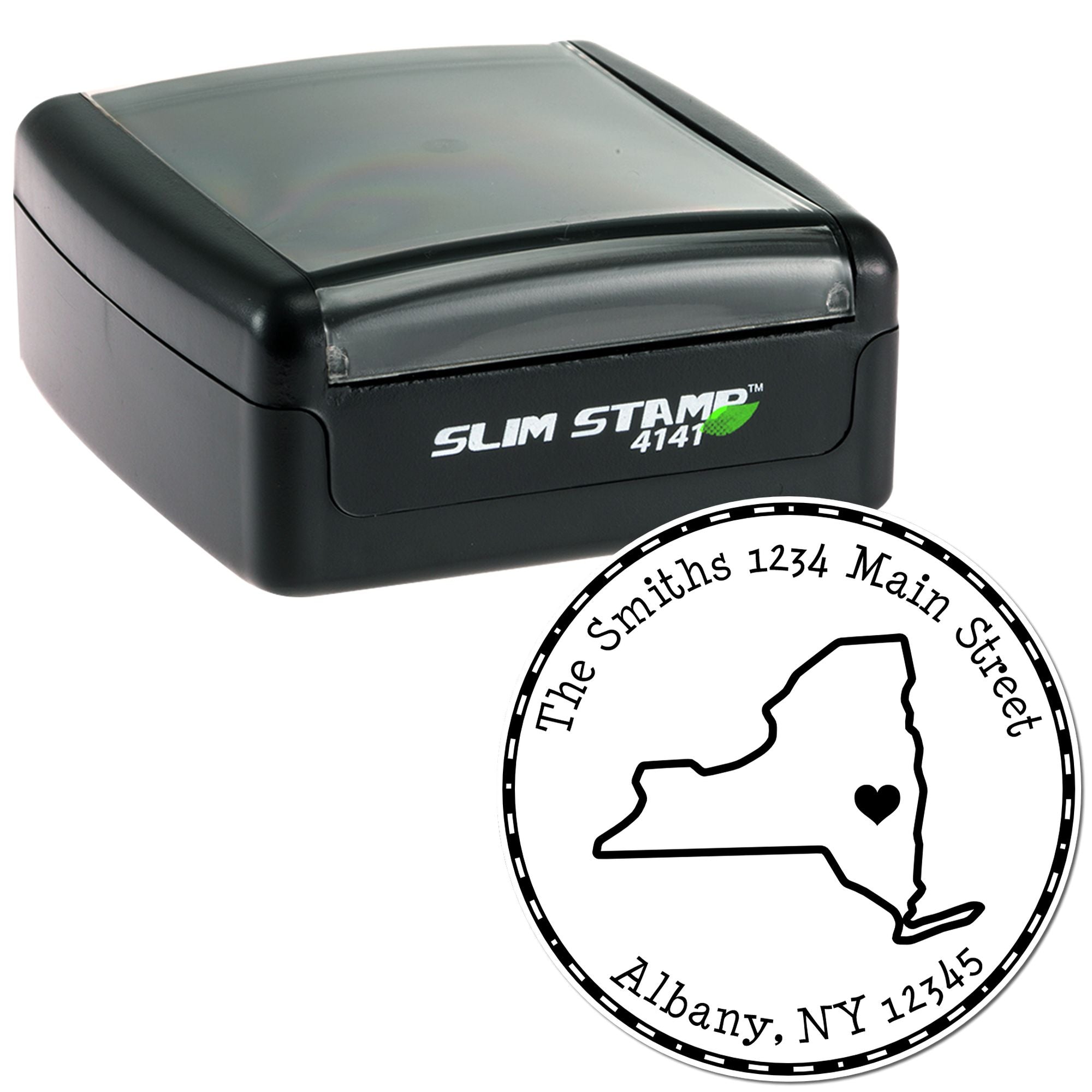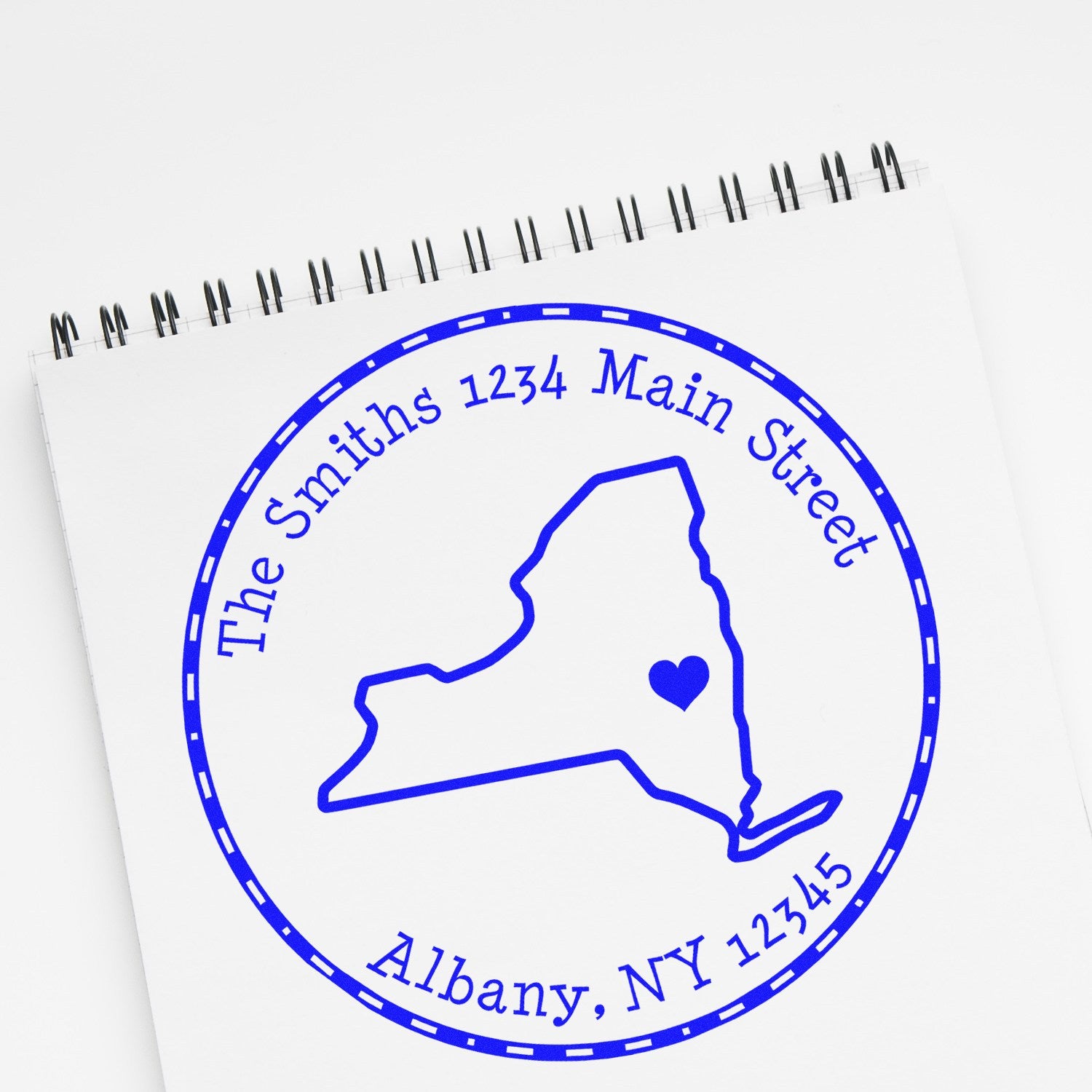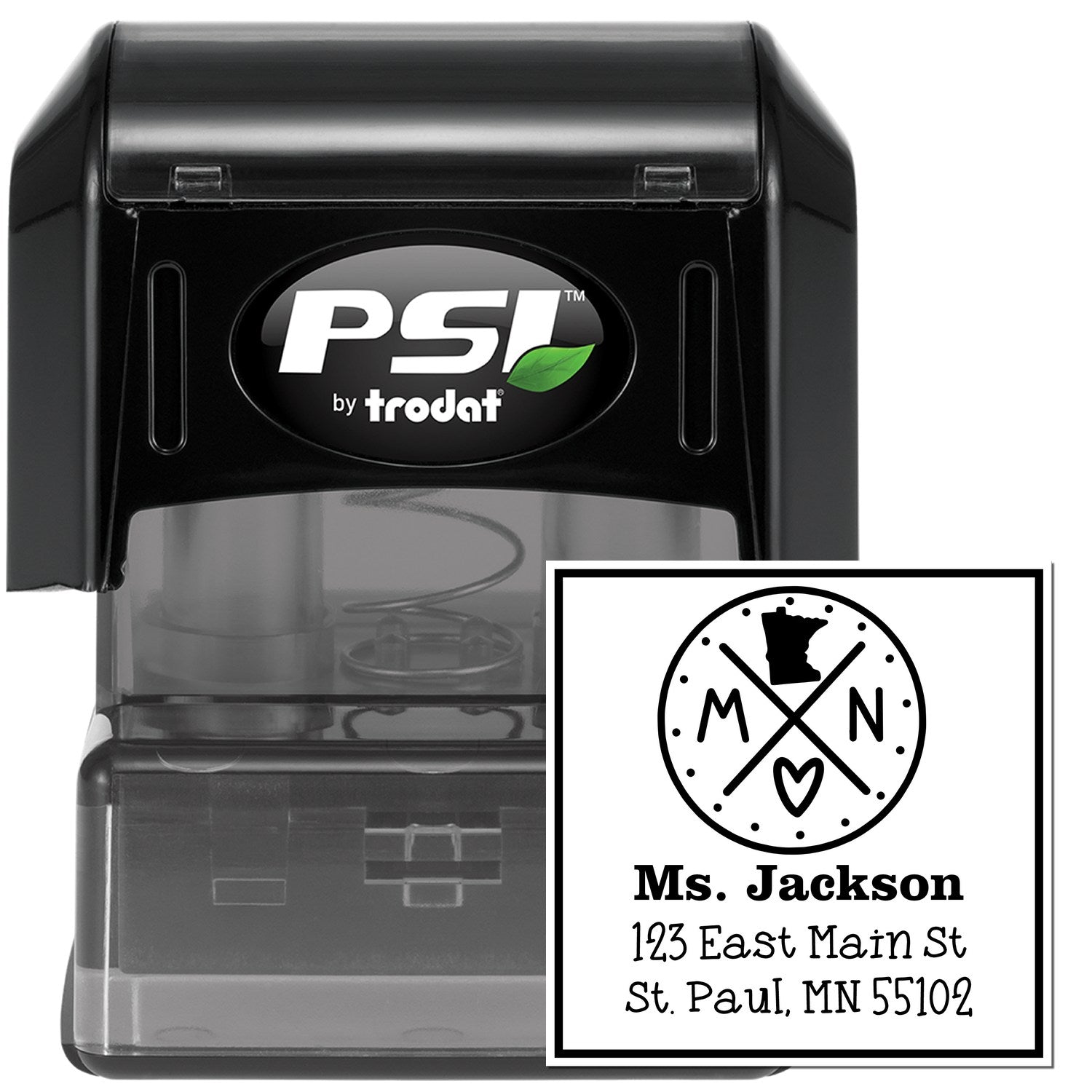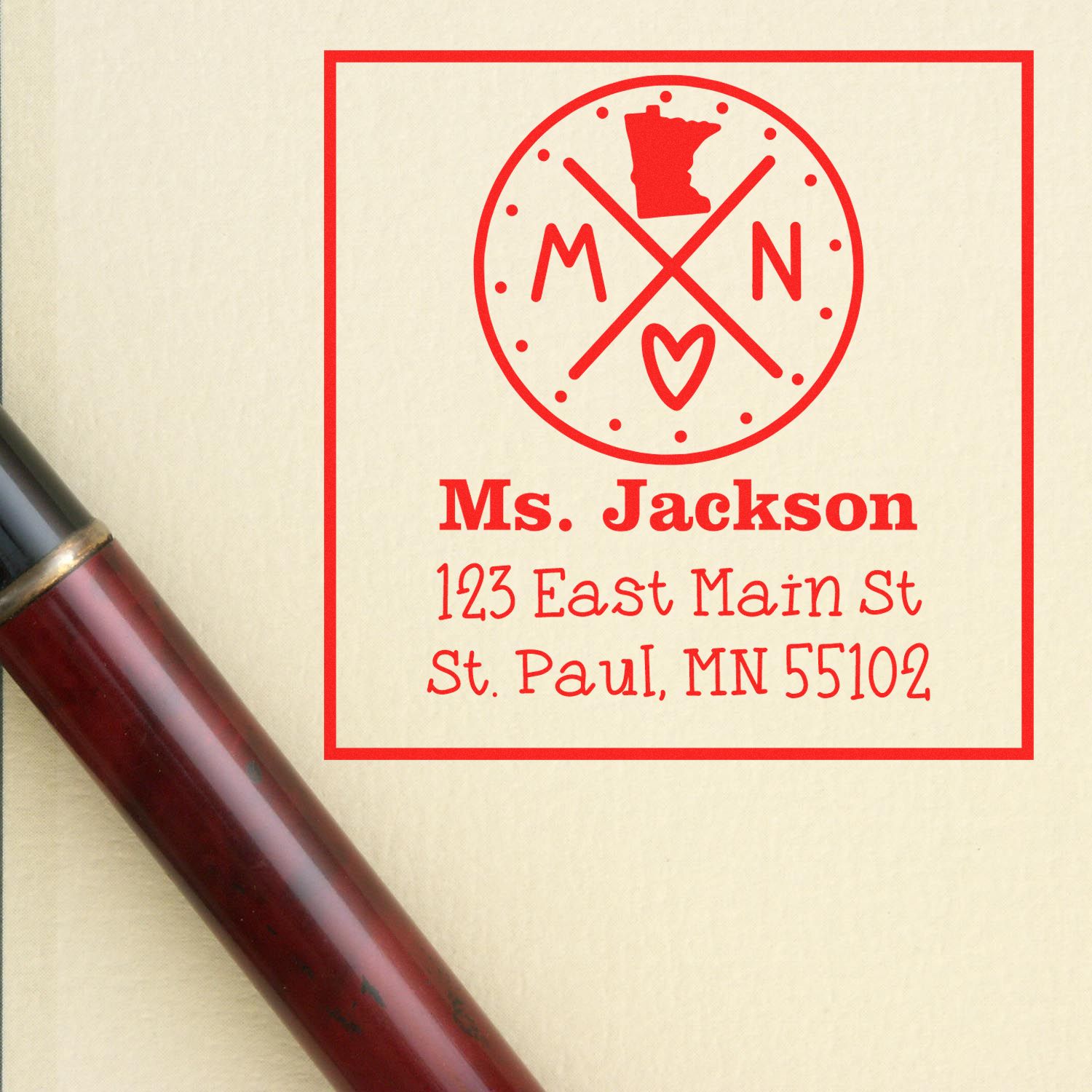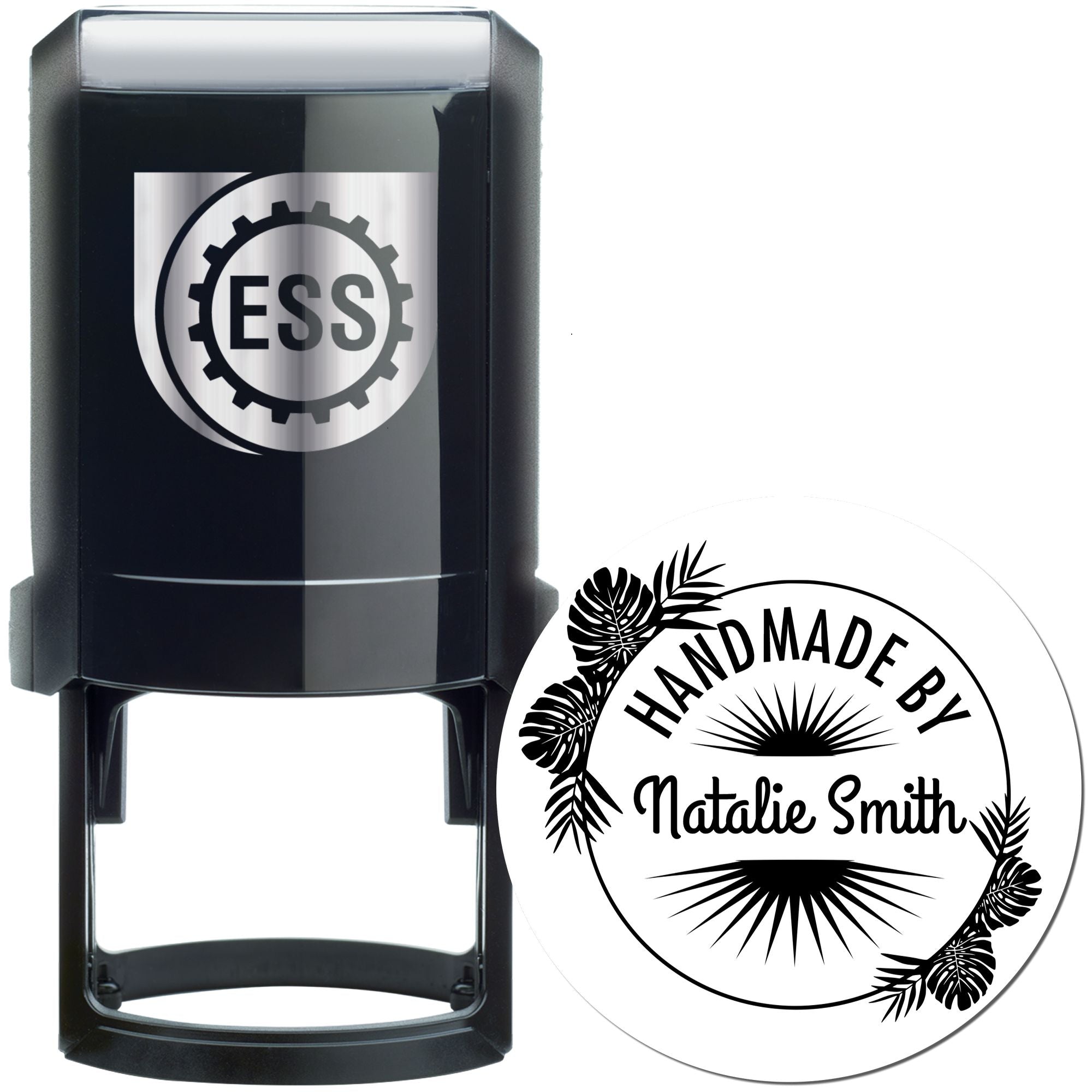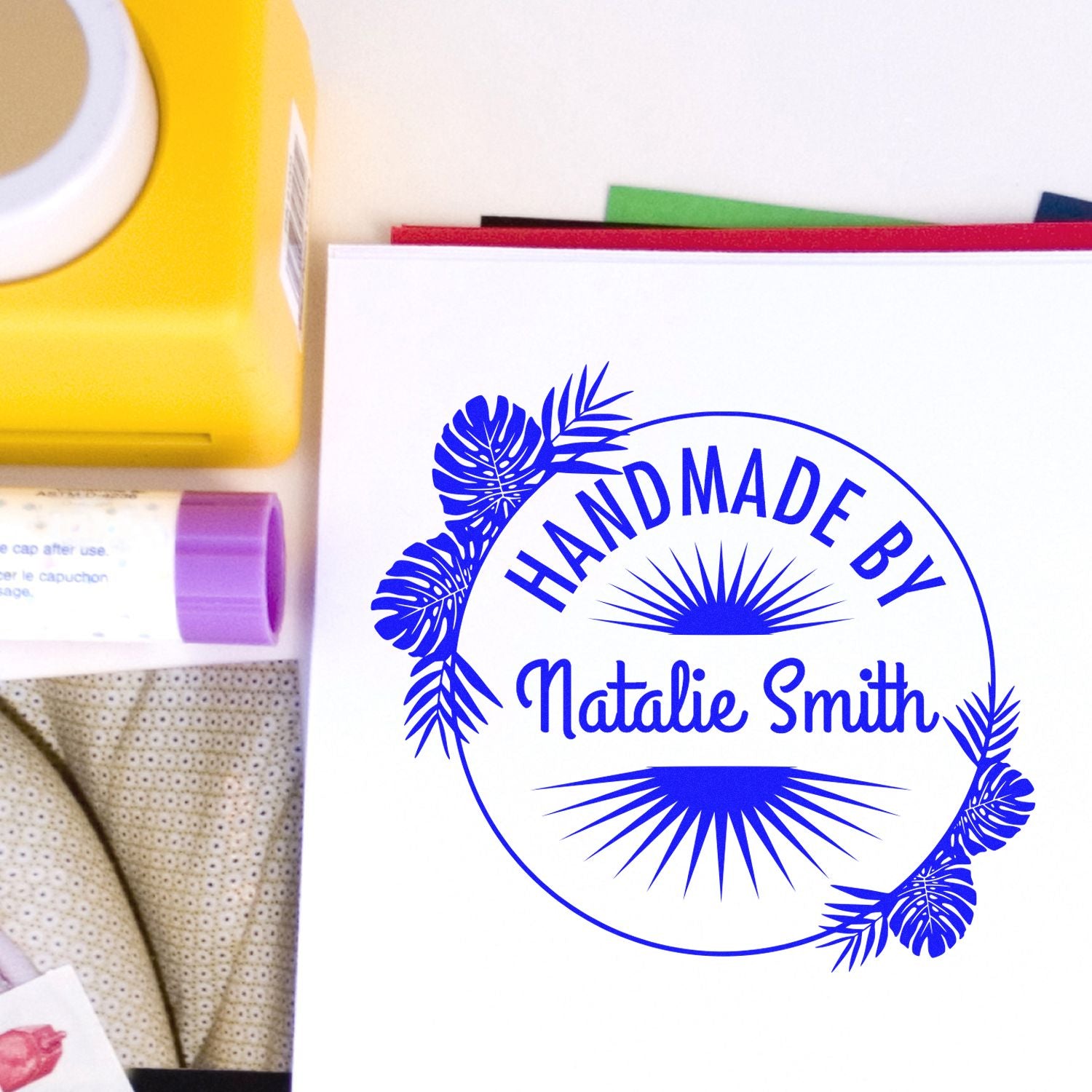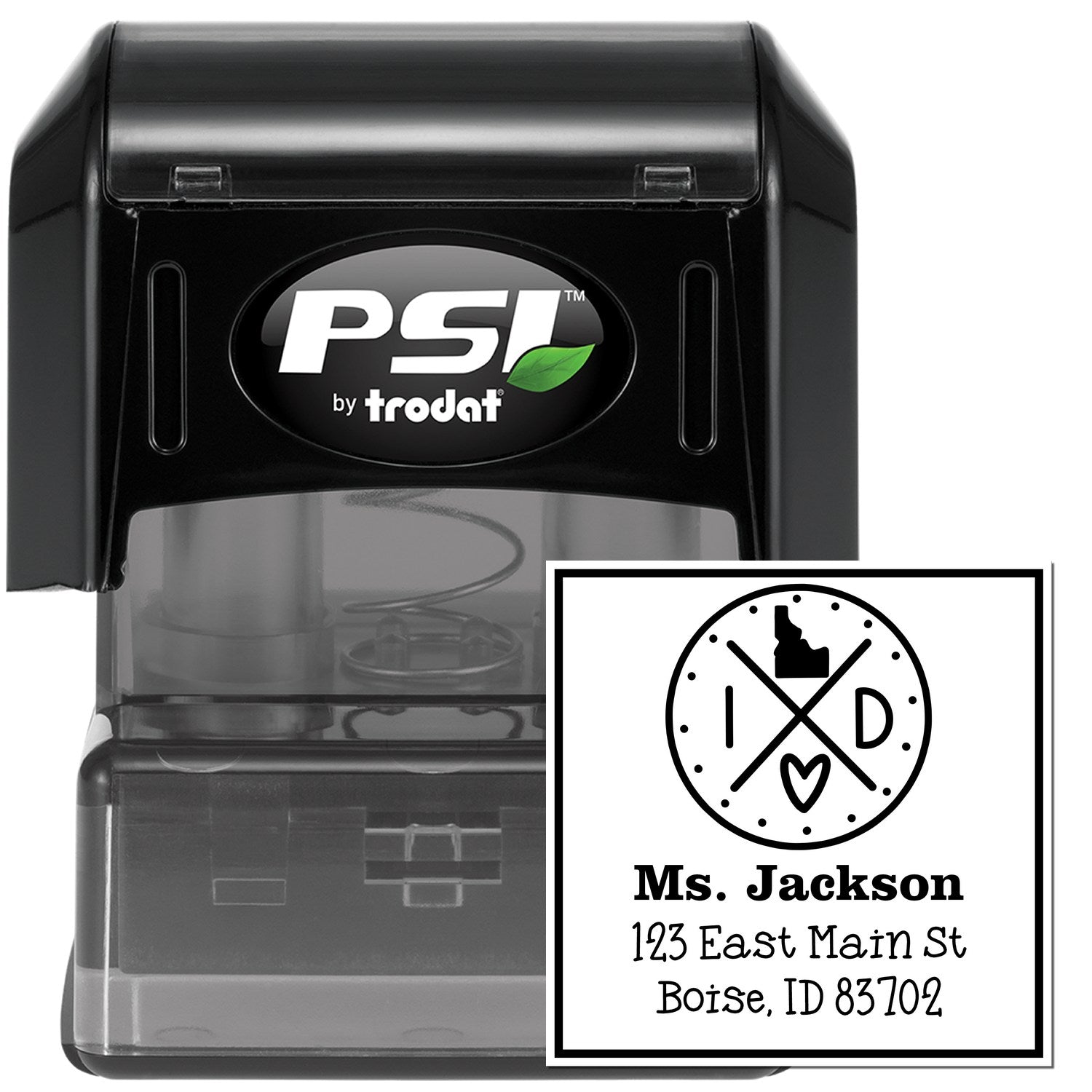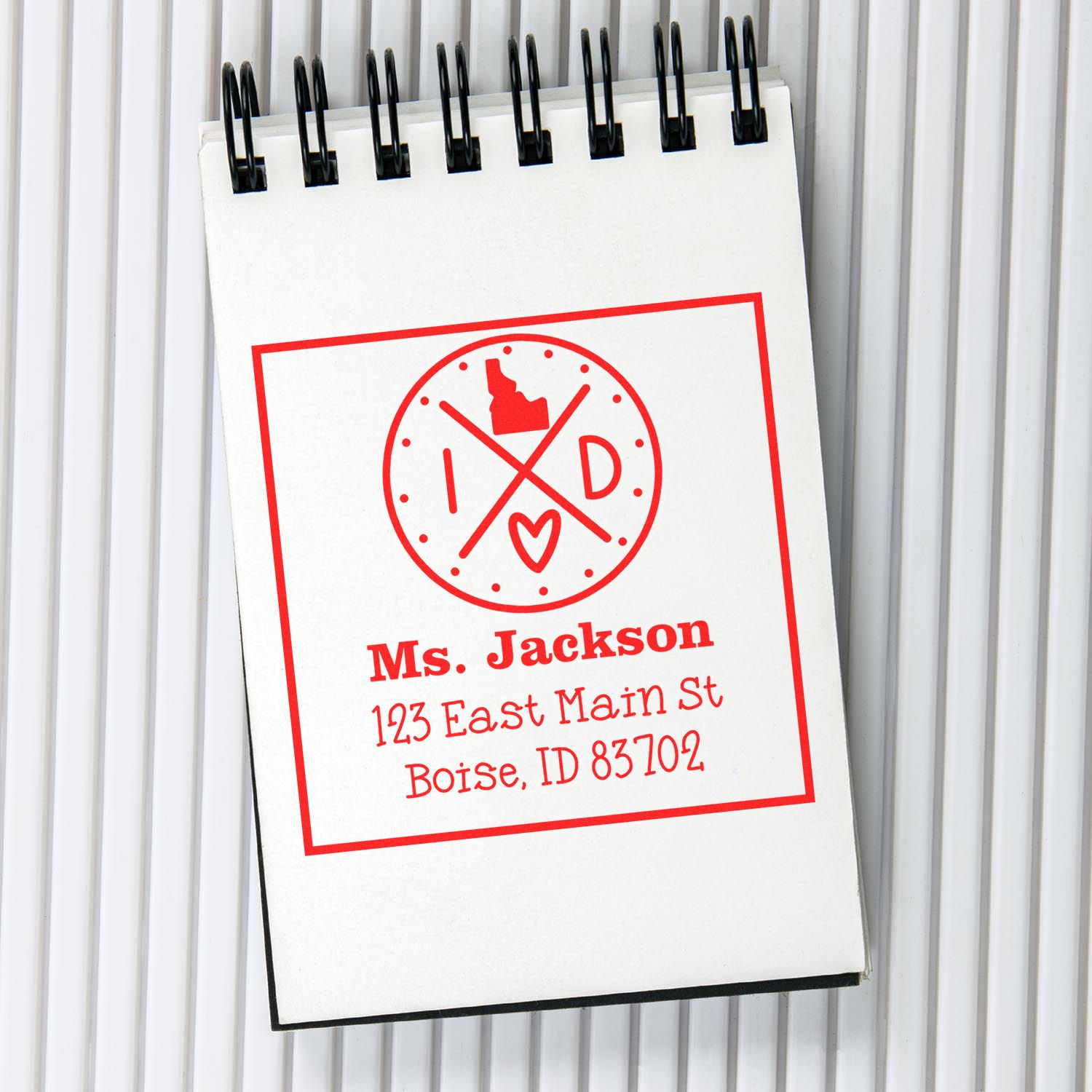Recognize the value of a custom stamp
A well-chosen logo stamp for customer appreciation can make your small business feel warm, personal, and memorable. Think about the last time you received a package with a polished, branded stamp on the envelope. You might have paused, wondered about the story behind the business, and felt a little spark of delight. That spark is exactly what a well-designed custom stamp can add to your own shipping boxes, thank-you notes, or paper bags.
When you run a small business, standing out from the crowd often comes down to the little details. It is not always about flashy ads or big budget campaigns. Sometimes, a simple personal touch is all it takes to make customers feel special. A custom logo stamp offers a creative, cost-effective way to transform everyday materials—like packaging or receipts—into gentle reminders of who you are and why you care about your buyers.
If you are wondering how to choose or design the perfect stamp, rest assured that it is not as tricky as it sounds. You just need to keep a few key points in mind, such as your brand’s character, the right materials, and the purpose of your stamp. In the end, you will see how a custom logo stamp can boost loyalty, turn casual shoppers into returning fans, and make customers smile every time they see your mark.
Plan your unique design
Your logo stamp’s design does more than show off your name or brand; it tells a story. You are basically shaping how people perceive you from the moment they interact with the stamped image. If your brand is all about playful energy, you might lean on bright colors (when using colored ink) or a dynamic font. If you prefer a more minimal, professional vibe, a simple sans-serif font and clean outline might do the trick. But how do you figure out what design to choose?
Start by listing a few adjectives that describe your brand. Ask yourself: Are you modern or traditional? Vibrant or understated? Quirky or refined? Then, see how these traits might become a visual motif. For instance, if you run a small coffee shop that highlights artisanal beans, maybe your stamp features a simple coffee bean graphic with a hand-drawn swirl. A craft store owner might prefer a stylish monogram with a decorative border. The key is to take your time, experiment with sketches, and gather feedback from team members or friends.
Also, consider where your stamp will live most of the time. If you frequently stamp small surfaces, like paper tags, you may prefer fewer details so the design remains crisp and recognizable. If you plan on stamping bigger surfaces (large mailing envelopes, for instance), you can afford to have a slightly more intricate look. Whichever style you go for, keep it consistent with how you want your business to be remembered—friendly, professional, whimsical, or something else entirely.
Compare materials and sizes
Once you have a design in mind, the next step is deciding how big it should be and what material is best for your logo stamp. You might be surprised at how many stamp materials are out there. Traditionally, stamps were often made of rubber attached to a wooden mount. Nowadays, modern technology has opened the door to self-inking and pre-inked stamps as well. Each option has its pros and cons.
Rubber stamps with a separate ink pad:
- Typically durable and easy to clean.
- Offers great flexibility in color choice, as you can switch between various ink pads.
- Requires a bit more time and space to use since you need to keep refilling or switching pads.
Self-inking stamps:
- Comes with an internal ink pad, so it re-inks itself after each impression.
- Handy if you need to stamp a high volume of materials in a short period.
- Limited ink replacement styles—often you are confined to the pad designed for that stamp type.
Pre-inked stamps:
- Crisp, detailed impressions, especially helpful for intricate logos.
- Usually last through thousands of impressions before needing to be re-inked.
- Can be pricier upfront, though saves time on re-inking in the long run.
When it comes to size, think about where your stamp will be used. A larger stamp can incorporate extra details or text (like your tagline). A smaller one might just have your simple logo or an icon that matches your brand. If you plan to use multiple designs—maybe one for a bold statement on packages, another for subtle branding on receipts—you can experiment with different sizes. The point is, do not trap yourself into a single format. Instead, mix and match to cover every branding opportunity that might come your way.
Explore ink types
Ink can be like icing on a cake. You can settle for a standard, plain color, or you can go all-out and explore creative shades, effects, and finishes. A typical small business might choose a classic black stamp for its elegance, legibility, and broad compatibility. But if your brand thrives on color, explore colorful ink pads that perfectly match your existing palette.
You might also see these ink varieties:
- Dye-based ink: Dries quickly, great for general use on paper.
- Pigment ink: Slower to dry, vibrant colors, often used for embossing (raising patterns on paper).
- Solvent ink: Works on non-porous surfaces like plastic, glass, or metal. Keep in mind that it may require more caution when applying—nobody enjoys accidental smudges!
As you weigh your ink choices, ask yourself: Will I ever stamp surfaces beyond paper or cardboard? If so, picking an ink that can handle different textures is key. You may also want to test how the ink stands up to humidity or direct sunlight, depending on your typical environment. A well-informed decision on ink means higher quality impressions and fewer mishaps over time.
Use stamps for appreciation
A logo stamp for customer appreciation is more than a fancy signature. It is a practical way to make every transaction feel a bit more personal. Let’s be honest: we all love receiving something heartfelt. When customers open a box from your shop or read a note with your thoughtful brand mark, they sense that you took a moment to delight them rather than rushing through another sale.
Here are a few creative ways you can show appreciation through stamping:
- Thank-you cards: A quick stamp on the front of a blank card, plus a handwritten note inside, can leave a memorable impression.
- Loyalty cards: Consider offering a small discount after a certain number of stamp marks. Each time you stamp, you reinforce your identity.
- Product packaging: Whether you wrap items in kraft paper or slip them into fancy envelopes, a logo stamp can add flair and continuity.
- Freebie stickers: Stamp your design onto blank sticker sheets, cut them out, and slip one into every package as a bonus gift.
If you want to go further, you could create limited-edition stamps for special occasions or holidays. Let’s say you run a bakery around Valentine’s Day. A whimsical heart next to your logo could encourage customers to spread the love (and a few extra pastries). You might also rotate seasonal stamps throughout the year, always tying them back to the overall vibe of your business. That way, you create buzz and keep people guessing what comes next.
Optimize placement strategies
Where you place your stamp can have a huge impact on how customers perceive your brand. If you own a physical store, consider stamping the little details—like paper receipts, the bottom corner of your menus, or even the bag you hand over at checkout. These small touches help your business linger in someone’s mind long after they walk out the door.
When shipping orders, think about the steps involved in unboxing. Often, the first thing a person sees is the exterior of the mailer box. Adding your stamp there can be a nice teaser of what is inside. A second impression on the tissue paper or bubble wrap might foster that feeling of thoughtfulness. A final stamp on a personalized thank-you note can leave the customer smiling at how much care you put into the presentation.
Some businesses even stamp the freebies they send out. If you include small gifts, like a minicoupon or sticker, a brand stamp turns a random piece of paper into a playful expression of your brand identity. If you have more than one design, you could stamp your social media handle or website link in strategic spots. That nudge might encourage curious customers to check out your online presence, leading to a deeper connection and future sales.
Keep your stamp in top shape
No matter which style you go with—rubber, self-inking, or pre-inked—you want your stamp to last a long time. Routine care can help maintain crisp impressions and prevent ink clogs or dried-up pads. Here are some best practices:
Clean regularly
If you are using a rubber stamp with a separate pad, gently wipe the surface with a damp cloth after every few uses. You can also use mild soap if the stamp gets really inky. This step removes any dried ink residue that might ruin the clarity of your next impression.Store properly
Consider storing your stamp in a dust-free container or drawer. Rubber stamps should not sit in direct sunlight or extreme heat; both can cause the material to warp. If you have a self-inking or pre-inked stamp, keep it in a closed position or capped so the ink does not dry out.Refresh ink for consistent impressions
Self-inking stamps have replaceable pads, so follow the manufacturer’s instructions for swapping them out. If you have a pre-inked model, check to see when it needs a refill and use the correct type of ink to avoid damage.Keep an eye on wear and tear
Over time, any stamp might lose some precision on the edges of small details. If you notice fuzzy prints, it may be time to invest in a fresh version—particularly if your design relies on fine lines. A new stamp from a reputable supplier, like Engineer Stamps or ESS, ensures you keep making that professional impact.
Regular care prevents sloppy prints and extends the life of your logo stamp. It can seem like an extra chore, but investing a few minutes here and there means you constantly look polished and consistent, which your customers are sure to notice.
Conclusion and next step
Choosing a custom logo stamp is a small action that can have a big effect on how your customers feel about your brand. From selecting the right design and size to testing different ink types, each detail adds a layer of personality to your business. It is not simply about the aesthetics; it is about showing that you care enough to incorporate personal touches. This can build trust, spark repeat business, and earn you enthusiastic word-of-mouth recommendations.
When you put a thoughtful stamp on a thank-you note or packaging, you are sending the message that each customer relationship matters. If you manage to surprise someone with a kind sentiment, who knows—maybe they will snap a photo and share it on social media, championing your company in front of their friends. Those little touches can truly snowball into meaningful growth.
So the question is, which stamp is calling your name? If you are looking for expert help, consider reaching out to a trusted supplier like Engineer Stamps or ESS. They can guide you on materials, designs, and any next steps to help you get the perfect impression. Once you have got your custom piece, you will be ready to elevate your brand presence and show a bit of extra gratitude to every person who supports your business.
FAQs
1. Is a logo stamp for customer appreciation really worth it?
Absolutely. A logo stamp provides a personal touch that can help create a memorable, warm interaction with your shoppers. It costs far less than many traditional marketing tools, yet leaves a lasting impression every time a customer spots your brand on packaging or a card.
2. How do I choose the best size for my business stamp?
Start by figuring out where you plan to use the stamp the most—postcards, notes, boxes, or bags. Then, measure the available space. If you frequently stamp small receipts, you might opt for a compact design that remains clear and legible. For bigger surfaces, you can choose a larger size to include finer details or extra text, like a tagline.
3. Should I pick a self-inking or rubber stamp?
Both have their advantages. A self-inking stamp is quick and convenient if you are doing a lot of impressions in a short time, while a traditional rubber stamp gives you more freedom to mix and match ink pads. Either option can deliver crisp impressions if maintained properly, so it often comes down to how you prefer to work.
4. What type of ink should I use for non-paper surfaces?
For surfaces like plastic, metal, or glass, you will likely need a solvent-based ink that is formulated to adhere well. Make sure you do a few test prints in a discreet area to confirm there is no smudging. Also, let it dry thoroughly to avoid smears or fading.
5. Can I use colored ink and still look professional?
Yes. Colored ink can highlight your brand personality, especially if part of your visual identity is bright or bold. Pick a color that complements your existing palette, and always test how it looks on the different materials you plan to stamp. As long as it fits your brand, color can be an asset rather than a distraction.
6. How often should I replace or clean my stamp?
If you wipe down your rubber stamp with a damp cloth after every few uses, you can avoid most buildup. Once a month, do a deeper cleaning with mild soap if necessary. For self-inking or pre-inked stamps, check the ink pad’s quality as you go. If impressions begin to fade or smudge, it might be time to replace the pad or refill the ink. Regular upkeep ensures you always make a brilliant impression.


